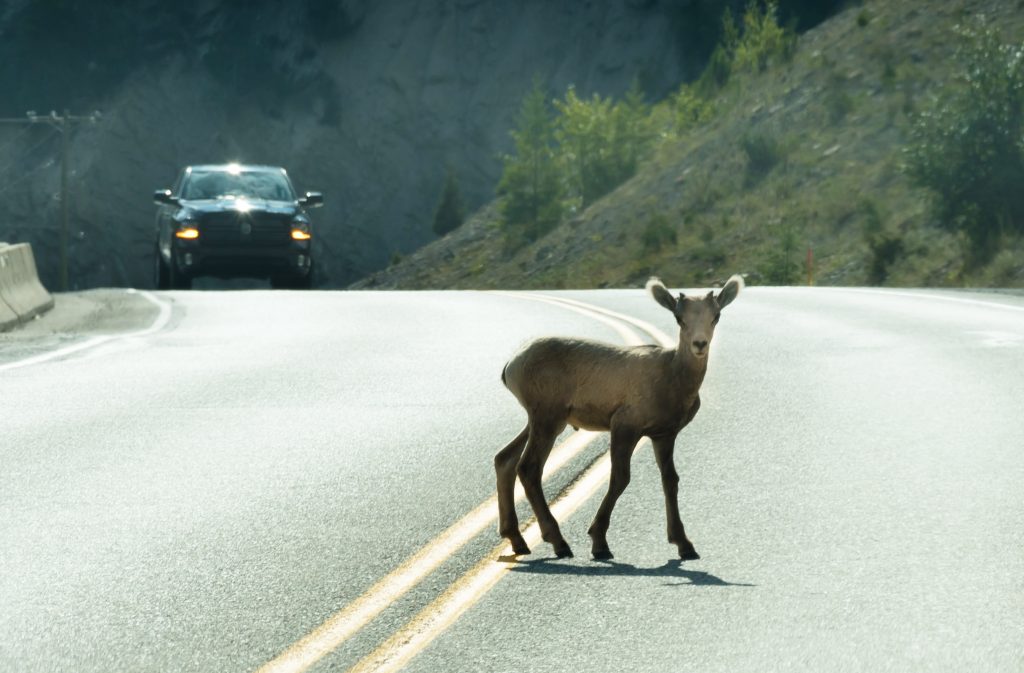
By Nadia Ramlagan
West Virginia ranks number one in the nation for wildlife/vehicle collisions, with residents having a one-in-37 chance of hitting an animal in a given year.
The West Virginia Department of Transportation said in the first 11 months of last year, nearly 11,000 deer were hit on Mountain State highways, as well as 15 bears.
Jeremy Romero, wildlife connectivity manager for the National Wildlife Federation, said safe wildlife crossings like underpasses, or overpasses with fencing help animals migrating or searching for food avoid darting out onto highways.
“By pursuing these important projects, we’re going to reduce the amount of wildlife/vehicle collisions,” Romero asserted. “There’s been some studies out there that show that if the project’s done right, it can reduce collisions by over 90%.”
The federal infrastructure law allocated $350 million to states and tribes over five years for wildlife crossing construction and related projects. According to insurer AAA, the average claim for hitting a deer in the region is around $5,600 and continues to climb, due to rising parts and labor costs, and vehicle technology like sensors and cameras that are costly to replace.
Lori Weaver Hawkins, public affairs manager for AAA Bluegrass, explained wildlife crashes are more common during morning and evening commute times. If traveling in an area with sparse oncoming traffic, she recommended turning up the headlights to help extend your range of sight.
“Go ahead and turn on those bright headlights,” Hawkins advised. “That helps you see a little bit further distance. You might be able to see those animals sooner and be able to take precautions.”
Federal data show between 1 million and 2 million car crashes involving deer or other large animals every year in the U.S., causing around 200 human deaths, 26,000 injuries, and at least $8 billion in property damage.


